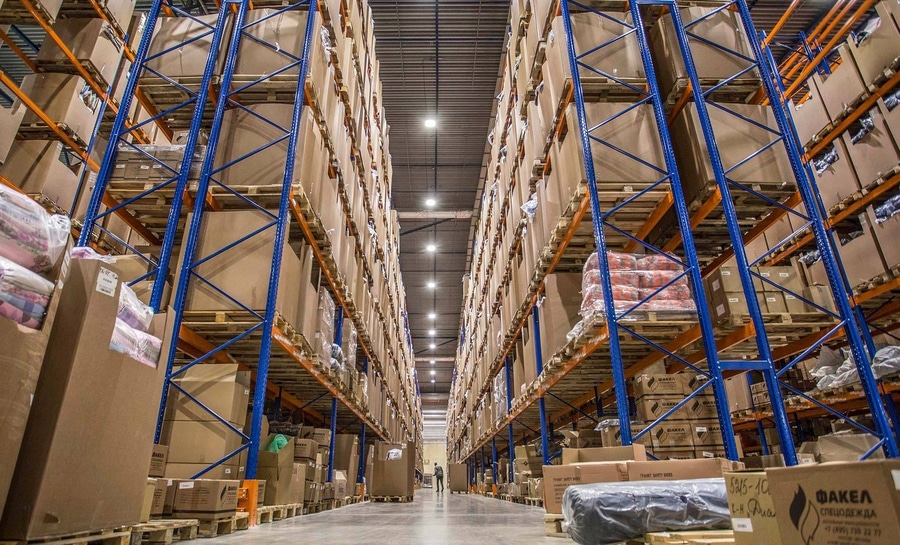RIO DE JANEIRO, BRAZIL – With strong growth both in online shopping as in the financial area last year, Mercado Libre set aside R$10 (US$1.72) billion to invest in 2021, most of which will be directed to what may become its third business front: logistics.

“For now, we are working to solve, simplify and expedite customer sales deliveries,” says Stelleo Tolda, Mercado Libre’s CEO for Latin America. “But when that bottleneck is solved, we can offer it to third parties.” Among other developments, the investment will increase the number of Mercado Libre employees from the current 5,000 to over 10,000 by the end of the year.
Mercado Envios, the name of the company’s logistics area, is expected to follow a similar path to Mercado Pago, Mercado Livre’s financial services segment.
Designed to solve payment issues for sellers in Latin America’s largest online shopping mall, Mercado Pago took ten years to become relevant within the platform. Today, it has Central Bank authorizations to operate as a virtual wallet (with a higher yield than savings), as a payment processor (and with payment terminals in physical stores), and as a financial institution (to be able to increase the credit limit, among other services).
The services are sold to third parties and the next steps involve offering investment alternatives for people with money in Mercado Pago, but without competing with the platforms in the segment.
With such strong growth, the financial area currently handles more money than the virtual shopping mall itself. The volume of payments processed last year in the 18 Latin American countries where Mercado Libre is present was nearly US$50 billion. Sales from stores hosted in the platform, meanwhile, totaled US$20 billion.
In 2019, they had stood at US$28 billion and US$13 billion, respectively. Brazil accounts for just over half of the company’s net revenue and grew 120% in reais last year.
Although Mercado Pago handles more money than the marketplace, revenues for Mercado Libre are higher with sellers on the platform. “One of our goals is to include people in the financial system, so the fees charged are minimal,” says Ricardo Lagreca, legal and government relations director at Mercado Libre.
Mercado Envios has a long way to go before it becomes a business area. The R$10 billion in investment for 2021 is equivalent to the amount earmarked for the business over the past four years. Among other purposes, the funds will be used to build distribution centers and hire new employees in the logistics and technology areas.
Far from Correios
On the other hand, using the funds to engage in a potential dispute over the privatization of Correios (Brazil’s Postal Service) is completely ruled out. “The Correios is not designed for the efficiency we are seeking,” says Tolda. “As Brazilians and major users of the service, we want it to constantly improve, but our model is different.”
In practice, Mercado Libre does not intend to become a private postal service or set up a gigantic distribution structure of its own, although there are more cars, vans and even airplanes displaying the company’s brand.
“We are a technology company,” says Tolda. In short, this means that the systems they develop and invest in are linked to a large part of the logistics companies in the country and trace the most efficient routes for each cargo, at the lowest cost and with the shortest delivery times. But there is a long way to go, mostly because of the size of the country.
With the priority given to the area, if three years ago 95% of Mercado Libre’s deliveries were handled by Correios, today only 5% are shipped this way. On one of the developed fronts, there are warehouses with goods from 10,000 online stores that are stocked and shipped as soon as the sales click is completed. In another model, Mercado Envios collects the products at collection points and distributes them. The smallest channel, although still very significant, is shipping by the sellers themselves, through Correios.
“The new marketplaces frontier is called logistics, and all companies in the area are rushing for solutions to provide the fastest delivery service for goods,” says Eugenio Foganholo, partner at the specialized retail consultancy Mixxer. “It’s no wonder that Magalu is buying startups that solve the last mile of delivery, and B2W is also heading in that direction.”
According to Foganholo, this differential is critical when it comes to winning over sellers, who often have online stores on all competing platforms. “The big marketplaces are becoming tentacular beings, with strong branches in service provision to store owners and end customers,” he says.
“In the logistics challenge, the next hurdle to overcome is food shipping.” In this area, Mercado Libre partnered with GPA last month, of the Pão de Açúcar and Extra chains, and is starting to conduct tests with non-perishable foods.
Source: Exame

